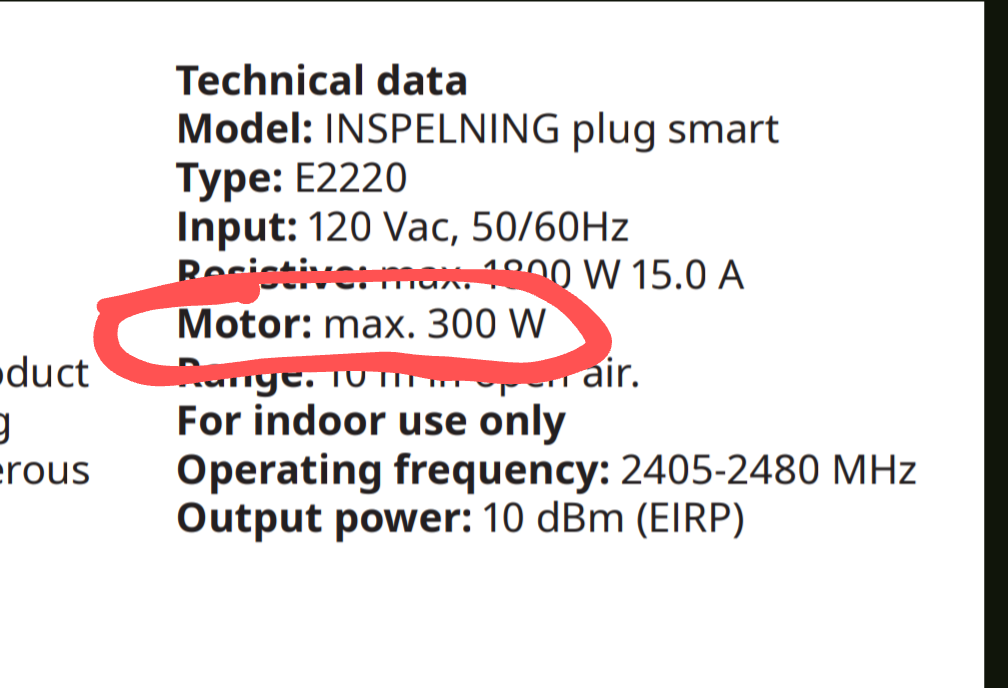For a firm that already have their own core designs that simply use the ARM instruction set, it might be easier to adapt to RISC-V. For a firm that licenses ARM cores on the other hand...
avidamoeba
Are you telling me that the axioms behind the simplistic model are wrong?? shocked-pikachu.jpg
How do Signal stop forks from connecting to their servers?
Yes. I'm using the standard typing system on an ANSI keyboard which requires pinkies.
The VPN should keep access to the homelab even when the external IP changes. Assuming the VPN connects from the homelab to the cloud. The reverse proxy would use the VPN local IPs to connect to services.
The last time I activated a TV was in 2022. It was a Sony X85K and it didn't require a connection. I've subsequently only used it with a CCwGTV.
Before that I activated a Samsung U..7300 or something like that in 2020. That didn't require connection either. I also used it with a CCwGTV.
ARM isn't the x86 solution people like it to be. It's at least as proprietary as x86 and the fact that it's more widely licenced today than x86 is a happy coincidence. ARM licensing can dry up with a change in corporate leadership or a takeover by one of a myriad large corporations. A solution worth cheering would be a good enough open RISC-V core.
If you're switching low power inconsequential things like LED lights, they're OK.
This like most plugs in this format is not for inductive loads so it can only handle 300W with such:

It might be OK if the AC units are small enough.

Wrong as in not sound. An argument can be valid assuming its assumptions are true. The argument is the model, which really is a set of arguments. Its assumptions which are taken axiomatically are as you say impossible, therefore they are not true (which I called wrong). So the argument is not sound. I'm not saying anything different than what you said really, just used informal language. ☺️